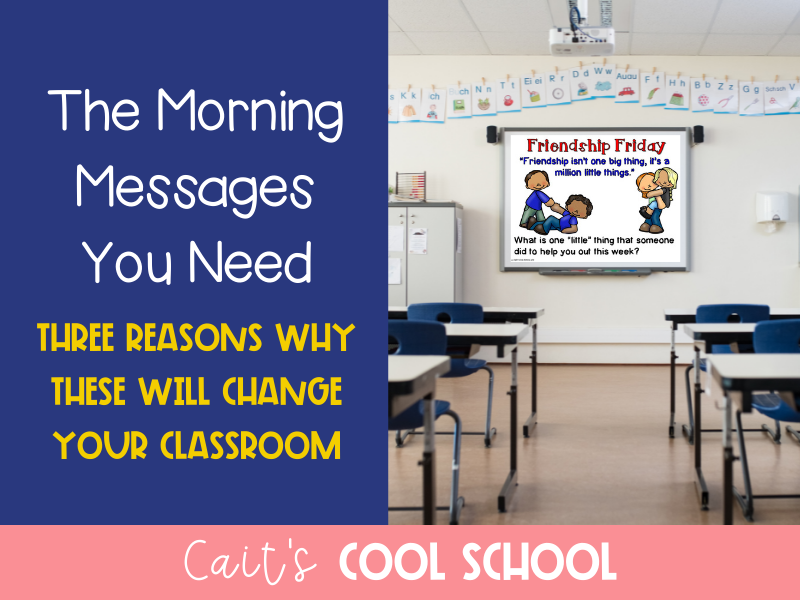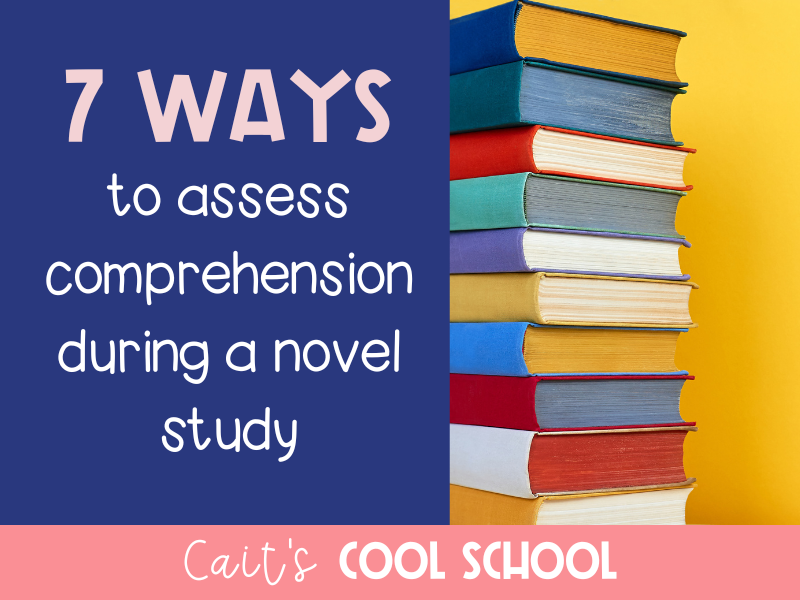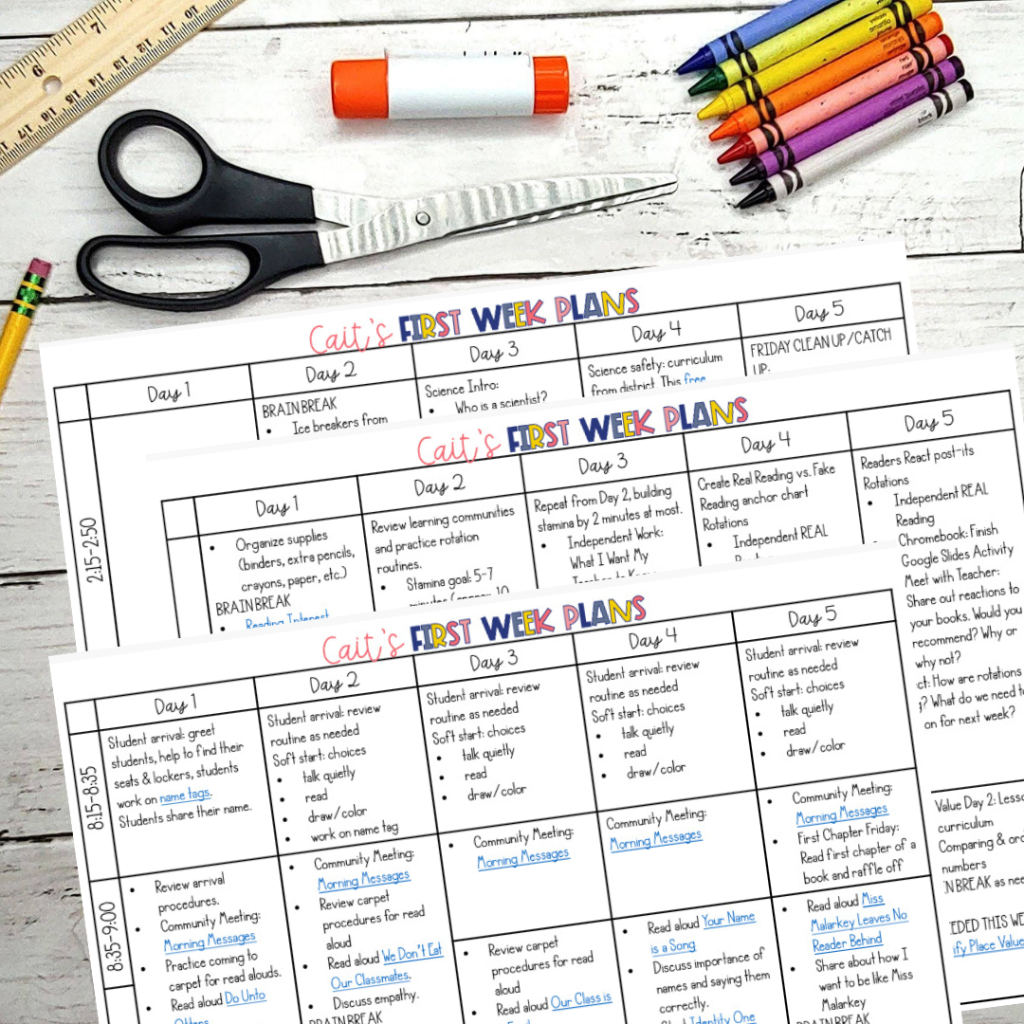
My purpose for today is to share about student accountability piece of a classroom management system. In this previous post, I popped in with my opinion on Must Do/May Do and rotations. In both systems, the teacher is pulling a group and everyone is working on something else. Or…at least they should be. So how can you make your students accountable?
- Set up your expectations. If students know you’ll check over their work, possibly grade it, or ask them to correct their work, they are more likely to put effort into it. I’ve been known to hand back papers that weren’t “fourth grade quality” and ask students to try again.
- Check in on work, even when it’s not graded. Independent reading is often an option in my room. At the end of our rotations, I’ll ask students what they read, is it good, why or why not. This can be a turn and talk activity, 5 minutes. If you set expectations, students need to know you’re checking up!
- For longer assignments, include check in points. During our informative writing unit, students are researching and taking notes. This takes almost the entire quarter. Chunking the assignment gives students accountability for each part of the writing. There are expectations set for each part of the unit. Often students will work while I pull small groups to confer about writing.
- Color coding work. I’m a little obsessed with color coding. We use the RACE response strategy, and I ask students to underline or highlight each part in a different color before submitting work. This helps them to check over it before I do.
- Use self-correcting resources. I love mystery pixel assignments for this! They’re great because students get automatic feedback. If you explicitly teach problem solving strategies for what-if-I’m-wrong, your students can work through their mistakes and find the answers on their own. This is a fall themed mystery pixel is one I’ve used. I love these because I can easily tell when my students are being successful, while also giving them more independence.
A huge part of students meeting my expectations is because we have a solid relationship. The sooner you start to build relationships with your students, the better chance you have for them to want to show you their work. Mutual respect lets students know you want what’s best for them, and you’re not trying to be unreasonable.

If you’ve tried the above methods for accountability, but feel like you’re missing the relationship piece, check out this blog post about morning messages.

This FREE classroom management course also covers building relationships alongside routine and structure.





 The first FIVE days of lesson plans for the beginning of the year.
The first FIVE days of lesson plans for the beginning of the year.